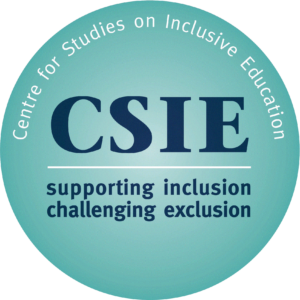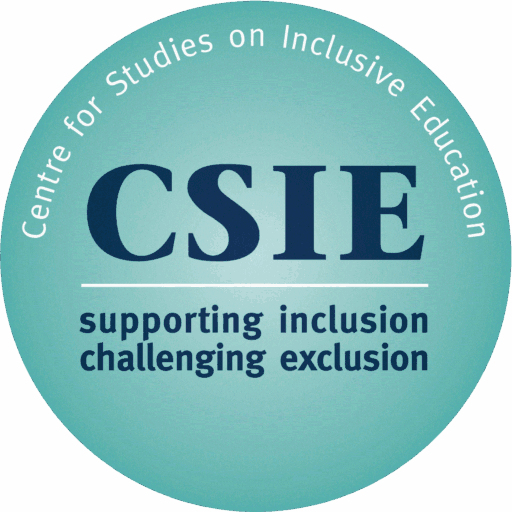June 21, 2012
A new report by Ofsted, entitled No place for bullying and released on Tuesday 19 June, exposes worrying levels of bullying in schools, particularly for disabled and homosexual children and young people.
Inspectors visited 37 primary and 19 secondary schools and spoke to 1,357 pupils and 797 staff. They looked at what schools do to prevent and to tackle bullying and evaluated how effective these actions are. They found name-calling and other forms of bullying to be rife in many schools in England: almost half of the pupils surveyed wrote about an incident where they had felt picked on or bullied at their current school.
The report suggests that some groups of pupils are bullied disproportionately. Those bullied the most are disabled pupils or those identified as having special educational needs, as well as those who are (or are thought to be) lesbian or gay. In many schools discriminatory language is not consistently challenged by staff, who either dismiss it as “banter” or feel ill-equipped to challenge and address prejudices effectively.
The report states that schools which have been most effective in reducing bullying have clearly articulated values, known and lived by the whole school community; they also plan and deliver the curriculum in a way that encourages everyone to understand and value diversity. In many schools the curriculum has specifically focused on different aspects of bullying, including homophobia, racism, and cyberbullying. However, the report says that even in these schools disability was seldom covered as well as other aspects of diversity.
Schools that have noticed racist, homophobic or aggressive attitudes among parents and the wider community, and found these to be in conflict with the culture and values of the school, have reported significant success in working with parents, carers and the wider community to reach better understanding.
Ofsted inspectors also visited an additional four primary and five secondary schools that have specifically and successfully tackled prejudice-based attitudes. A number of case studies are presented in a separate part of the report, including that of a small primary school that has well above average proportion of pupils with statements of special educational needs and is being showcased for its excellent work with pupils who are or may be transgender.
The report makes a number of recommendations for schools, including suggestions that:
- School policies and practices should contribute to a culture of respect for all.
- Schools should develop a set of clear, inclusive values.
- All staff, including non-teaching staff, should receive training to give them knowledge, skills and confidence to help pupils learn about diversity and the effects of bullying.
- Governors should regularly seek the views of pupils, parents, carers and staff to evaluate the effectiveness of the schools’ efforts to create a more positive school culture for all.
CSIE can help schools with all of these recommendations. Our popular resource for school improvement Index for inclusion: developing learning and participation in schools encourages the whole school community to work together in reviewing all aspects of cultures, policies and practices in their school. The Index materials guide schools through a process of self-evaluation, specifically inviting the contribution of all members of the school community, and support schools in articulating their own set of values and putting them into action. Our training events often include strategies for reducing bullying, or we can offer bespoke training tailored to the particular requirements of a school or cluster of schools.
Other resources are also available, such as The Classroom, a resource put forward by Schools OUT, which offers teachers specific tools to teach about LGBT and all equalities in the curriculum. A wealth of information can also be found at Richard Rieser’s Disability Equality website, which offers many examples of building disability equality awareness into the curriculum for primary and secondary schools.


